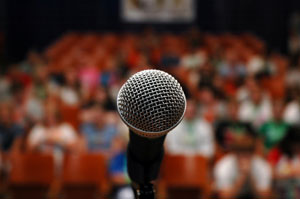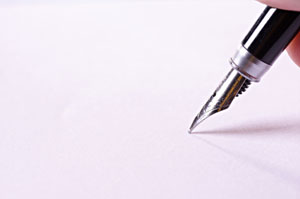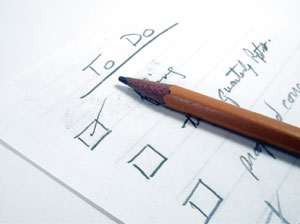What components are necessary to create effective technical documents? If you talk to ten people who do technical documentation, you will probably get ten different answers. I personally try to follow ten fairly easy tips.
- Effective technical writing is succinct.
Like most readers within your industry, your readers are busy and pressed for time. They expect you to be ruthless in your editing and delete repetitiveness, wordiness, and redundancies. - Effective technical writing is thorough.
Don't confuse conciseness with brevity. Being succinct means you include all important details, omitting nothing that is important. Be sure to include everything the reader needs to know about your subject. - Effective technical writing is easy to follow.
As a technical writer, it is your job to make it easy for your readers to follow your thoughts and main points. Your goal is to write clearly and logically so your document is easy to comprehend. - Effective technical writing is accurate.
Everything in your document must be correct and current. Errors make you appear to be lazy or inept. Enough said! - Effective technical writing is useful.
You are not in the entertainment business. You write to transmit information so others can do their jobs, make important decisions, or continue in their own research. - Effective technical writing is error-free.
Is it fair to be held by your readers to the highest standards of punctuation, grammar, and spelling? Absolutely not—however—that is the standard you are expected to meet. Sloppy grammar and punctuation suggest sloppy research and methodology. - Effective technical writing is consistent.
Consistency in the words you capitalize, the symbols that you use, and any abbreviations is further evidence that you are a careful, precise writer. Again, the standards you are held to by your readers demand that you are meticulous when you proofread for consistency. - Effective technical writing is reader-friendly.
The ways your documents are reader-friendly will differ depending on the type of document you are writing. Consider the following options to achieve a visually appealing document: generous use of white space, well placed headings and subheadings, appropriately named visual aids, appendixes for secondary materials. - Effective technical writing is carefully planned.
Planning your document is a great way to ensure its flow is organized and meaningful. Start with an outline, write a first draft, and then revise your document with a critical eye. The organizational pattern you follow should be logical and meet the needs of your primary readers. - Effective technical writing is compelling.
Your document may not be adapted for the big screen and win an Academy Award, but it should hold your readers' interest. Clean, crisp, economical writing is one way to create a compelling document. Using a variety of sentence structures is another. Thoroughness and the thoughtful presentation of information is a winning combination.
Author

Catherine Hibbard
Catherine S. Hibbard is a nationally recognized expert in business and technical writing. Her company, Cypress Media Group, is an advertising, public relations, and training firm that provides training and consulting primarily related to business and technical writing, presentation skills, and media relations.











